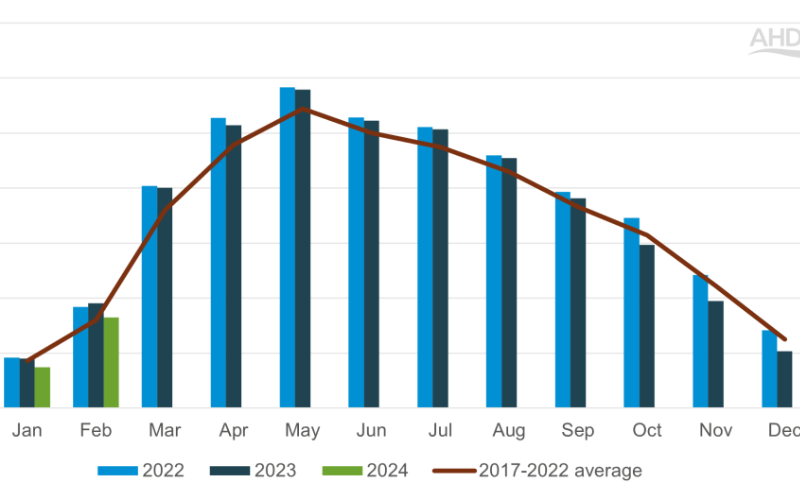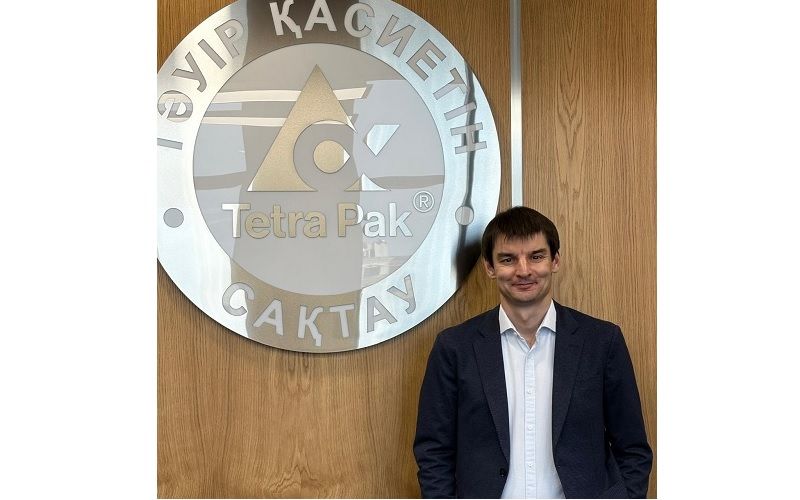Irish Dairy Industry Faces Challenges Amidst Global Market Fluctuations

The Irish dairy industry is currently at a pivotal juncture due to fluctuating global market conditions and rising production levels. Recent data indicates that the Irish dairy industry has maintained a relatively stable production increase of just 1% compared to other European countries such as Belgium and the Netherlands, which have seen nearly 7% growth.
The Bord Bia audit, which occurs every 18 months, plays a crucial role in maintaining the reputation of Irish dairy products by ensuring high standards of production. This audit is highly respected globally and helps in boosting the export potential of Irish food and beverages.
Despite the rigorous standards and global recognition, the Irish dairy industry is facing economic pressures. The current price for Irish butter has fallen below €4,000 per tonne, making it less competitive compared to Dutch butter prices at €4,830 per tonne. This has forced Irish dairy farmers to reconsider their strategies amidst decreasing profitability.
A significant development in the US market is the increase in the dairy herd to 9.85 million cows, the highest since 1993, alongside a 28% rise in US dairy exports this year. However, the rise in soy prices could potentially impact future US dairy production.
As the EU continues to reduce Ireland's nitrates derogation, there is an ongoing debate within the Irish dairy sector about whether to focus on maintaining a low-cost system or to shift towards higher production volumes. This strategic decision could have long-term implications for the industry, especially with potential changes expected by 2030.
In response to these challenges, companies like Tirlan are investing in whey protein processing, while others like Aurivo and Dale Farm are considering mergers to optimize resources and capacity. These steps highlight the industry's efforts to adapt to the evolving market landscape.












